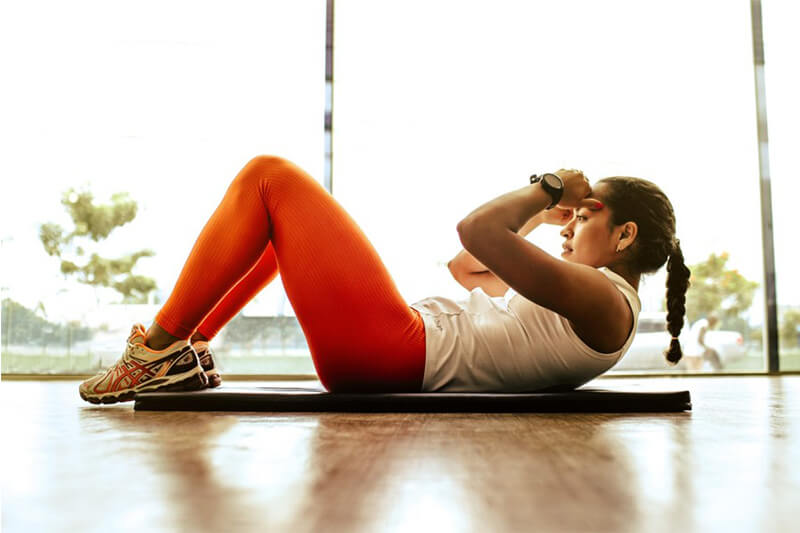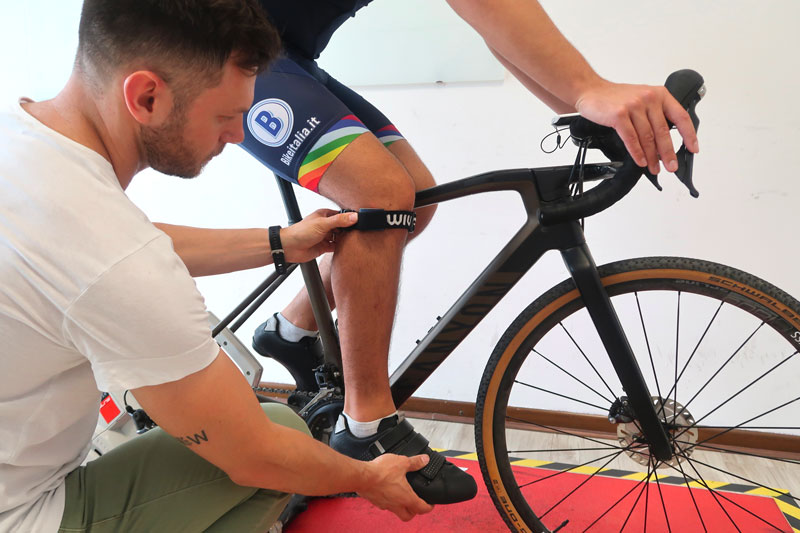Cyclist and health.
All of us who love the bike – and who use it as a means of daily travel, as a tool to compete or as a method for maintaining adequate physical shape – have a common goal: Health.
L’WHO defines health as: “A state of well-being and psycho-physical balance and not the mere absence of disease”.
Unfortunately, reality very often does not correspond to our expectations. I deal with biomechanical visits since 2015 and more than 850 cyclists have passed through ours Bikeitalia LAB in Monza and when they are evaluated (both through a preliminary interview and through a postural evaluation), great limitations often emerge, both in terms of movement and health itself. This is why I asked myself: “If I had to draw up a decalogue of how the cyclist should behave to stay healthy, what points would I touch?”. And so I decided to write it, because, according to the idea I made myself, health is a path – and not a goal – that requires a multifactorial approach.
–
Here is my decalogue for a healthy cyclist.
Step 1: Vary your training as much as possible
We all love the bike, it is our passion, our outlet, our freedom. But pedaling is not enough. Cycling is a great sport but it is neither better nor worse than others. It allows you to train many skills but neglects others, equally important. Instead of thinking exclusively about motor specialization, vary as much as possible the training stimulus allows to avoid “stagnant plateaus”, which are physical conditions in which the body does not improve even if we continue to train and are caused by the monotony of the training stimulus. Even a simple one would suffice walking corset per week, better if up dirt road.
Step 2: Train muscle strength
We are all affected, starting from the age of 30, from a degenerative pathology of muscle tone, which is called sarcopenia. To counteract sarcopenia it is necessary to strengthen the muscles. The bike is a good stimulus but it is not enough, since eccentric contractions are missing (the muscles contract but the joint heads move away), the impacts (which also help the bone health) and the resistance is always low (we train the resistant strength but little the maximum). Exist numerous methods to train muscle strength, choose the one you like best.


–
Online Course: Strength Training in Cycling
–
–
–
Step 3: Strengthen your abdominal core, at least twice a week
“The strength is in the center” practitioners of Kyokushin karate say, that is, the power of a punch or kick lies in the strength of the abdominal core. In 2020 we at Bikeitalia have created one scientific study to demonstrate how important it is to train the core for a cyclist and like this improve performance, reduces the incidence of back pain and minimizes thefatigue. Training the core is a simple thing, it takes 30 minutes, 2 times a week.

 –
–
Core Training for Cycling
Build your own personalized training program
—
—
Step 4: Remember to work on joint mobility
I call it “the cycling paradox”: to ride fast you have to be flexible but cycling stiffens your muscles. One of the ways to reduce the incidence of pain on a bicycle is to train joint mobility, because by doing so, synovial fluid is secreted, which nourishes and lubricates the joint cartilages, improving movement and reducing injuries due to overload. It doesn’t take long, too 5 minutes every evening, before going to bed, they are enough.
Step 5: Don’t obsess over data, use it to your advantage
Powermeter, heart rate monitor, cadence sensor, gps, TSS and more. The world of cycling is a world of data. Which are great when used correctly but which can make even the most well-meaning cyclist paranoid. I’ve seen cyclists get rid of for a power sensor that scores “49-51” in the power distribution, people literally get angry because the GPS turned off during the ride and couldn’t save their workout on Strava. If you are already obsessed with data, then you can do like me: I eliminated them. And I live (and train) very well.
Step 6: Training must be fun
It seems trivial but I have dealt with cyclists who were so stressed by the training and the plan to follow that they developed physical problems (and came to us for the riding position). To some I have asked quite frankly: “But do you like what you do?”. I have often had vague answers. It is important that we remember, always and in any case, that training must be a joy and an outlet and not a further stress that we accumulate in addition to work, family and letters from the Revenue Agency. If we don’t come home with a smile, then we’re all wrong.
Point 7: Keep a journal, expressing your athletic potential is a journey
Marcus Aurelius was a Roman emperor. But he was also a philosopher, who wrote in his diary every evening what he had done and why. And so he could see if he had achieved his goals, where he went wrong and how to improve. And he was the most powerful man of his time. We are not Roman emperors but from Marcus Aurelius we can learn the habit of keep a diary with the considerations, our feelings and perceptions of training. Because reaching our athletic potential is a path that we must have under control, otherwise we will just be getting tired but we will not be training.
Point 8: Training that is good for a cyclist is not good for you
“If I give 10 athletes the same training, I will have 10 different physiological responses”. These are the words of a famous coach, Renato Canova. If you don’t want to get burned, if you don’t want to run intoovertraining and you want to have fun, remember that your riding position and your training must be individualized on your characteristics. Using other people’s training schedules is the first step in wasting your time (at a minimum).
Step 9: Don’t be scared of pain but don’t underestimate it
“Pain is inevitable, suffering is optional”, is a quote from Murakami, a famous Japanese writer who loves running marathons on foot. We do not feel pain but we perceive it: what we feel is the interpretation that the brain gives to the painful sensations that come from the body. Sometimes the pain it does not correspond to the level of tissue damage taking place. So don’t be scared at the first pain. If the pain is only present on the bike then keep it under control and see how it goes. If, on the other hand, it remains even after cycling then it is better if you consider the hypothesis of a biomechanical visit.

 –
–
Biomechanical visit
Do you have pain when pedaling?
Optimize your position on the bike
with a bike fit
—
Step 10: Listen to your body. If you are tired, rest
I remember to a cyclist, during a visit, I said: “Rest tomorrow that I see that you are tired, try the bike again“. The next day I looked on Strava and saw that he had done 120 km with 1300 meters of elevation gain. Cyclists often train obsessively compulsively, convinced that a single day without pedaling can cause a reduction in physical fitness (which, physiologically speaking, is a hallucinating nonsense). So learn to listen to your body and don’t be afraid to take a day off the bike. You can always do something else: strength training, running, walking, jumping rope. Always remember that first you are a human being and then (and only after) a cyclist.
–

